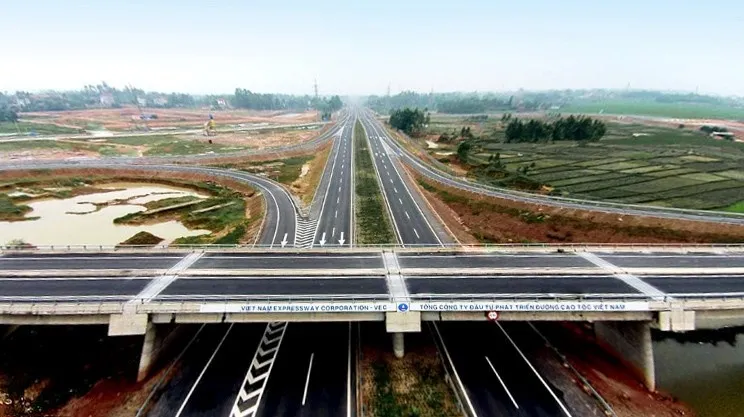
The devices on the Noi Bai-Lao Cai highway are part of a road safety and traffic monitoring programme for a local system integrator whose end customer is the country’s traffic police.
The Tattile Vega Smart 2HD, Vega Smart Speed and Vega Smart Traffic Light cameras are equipped with embedded artificial intelligence, and can perform “real-time analysis without needing an external computer or costly IT infrastructure”, the company says.
Enforcement of speed limits and detecting red-light running at key intersections are among the main reasons for the installation.
“All these applications will have the common goal to reduce casualties and to protect the citizens,” Tattile adds in a statement.
The system will also allow the government to collect and use a large amount of traffic pattern data.
“This innovative project will last three years, and we’re just at the beginning,” said a Tattile spokesperson.
The plan is for the project to be extended to Tiền Châu, Bình Xuyên and Vĩnh Phúc.










